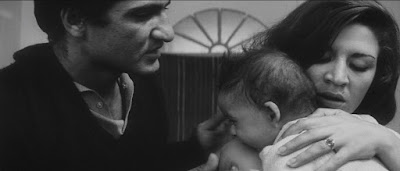خداحافظ اروپا
احسان خوشبخت
3
سينماي فرانسوي زبان اين دوره از برليناله - چه در فرانسه، بلژيك يا كانادا – در پي شكست در مواجهه با
بحران ابدي خانواده آن را با دنياي فانتزي و معمولاً طنزي زمخت درآميخته بود،
بدون اين كه تمهيد كمكي به فيلمها كرده باشد.
در بوريس بدون بئاتريس [Boris
sans Béatrice]
(دني كوته؛ كانادا) مردي كه به همسرش خيانت ميكند توسط آدمي غيبگو (با بازي قابل
پيشبيني دني لوان) به صراط مستقيم دعوت ميشود؛ در سن آمور [Saint Amour] (بنئو دلفين و گوستاو كرورن؛ فرانسه/بلژيك) رابطه نه
چندان خوب پدر و پسري دامدار – ژرار دوپارديوي از سايز خارج
شده و بنئو پولوار - در سفري دور فرانسه جوش ميخورد و هر دو كه تمام زندگيشان را
روي بارورسازي گاوها گذاشتهاند حالا بايد به بارورسازي يك زن كمك كنند (رانندهشان
هم در اين موضوع حساس به ياريشان ميآيد)؛ در اخباري از سياره مريخ [Des nouvelles de la planète Mars] (دومينيك مال؛ فرانسه/بلژيك) مردي
كه از همسرش جدا شده بايد با همكار ديوانه و غيرقابل كنترل و دو فرزندش كه به
نظرشان برادران ماركس خنده دار نيست زندگي را سر كند و از يك بمبگذاري در كارخانه
جوجهكشي توسط گياهخواران افراطي جلوگيري كند. هر سه فيلم محصول فانتزيهاي
مردانه كارگردانانشان و توأم با نوعي دل سوزاندن براي خودند.
اما اين يكي از دو فيلمساز زن بخش مسابقه است كه تا حدود زيادي از اين دنياي
كليشهاي و سطحي فاصله ميگيرد و اميدي براي سينماي فرانسه در برليناله ميشود.








